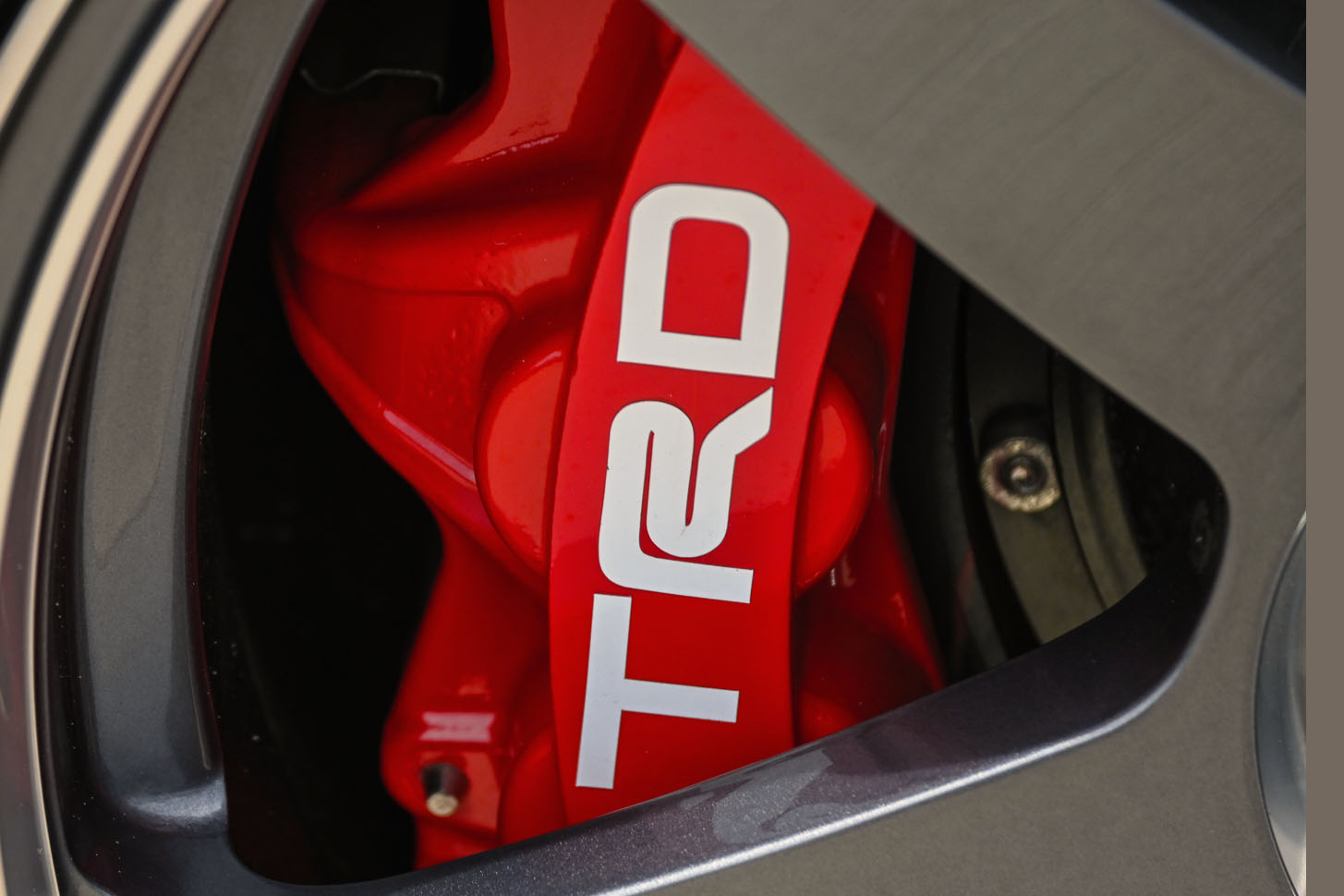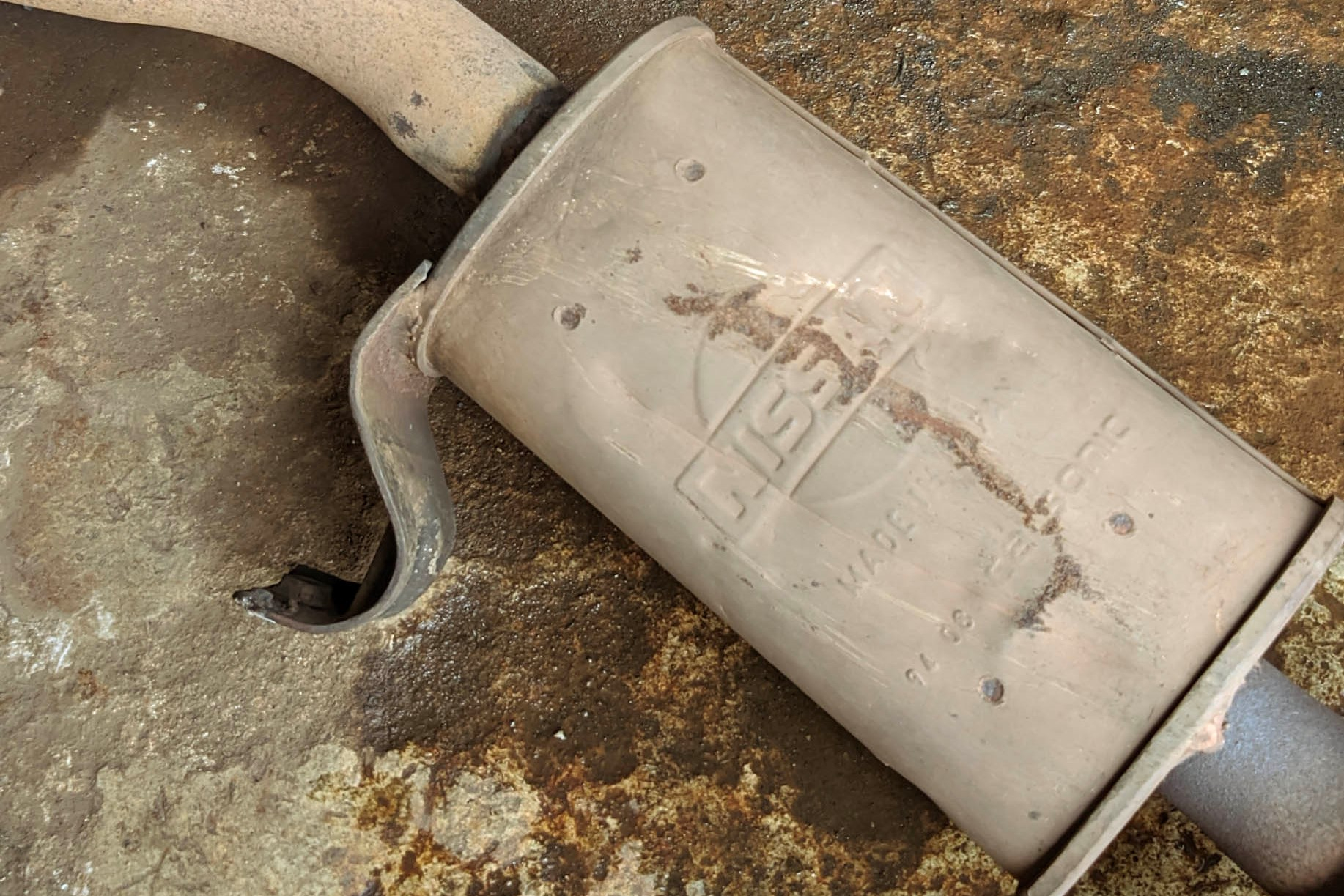Timing Belt: The Little Thing That Determines the Life and Death of a Car Engine
For car enthusiasts, the name timing belt is certainly familiar. This component may only be a rubber toothed belt, but it plays a vital role in the engine compartment. Improper maintenance can have fatal effects, ranging from engine malfunction to total car failure.
For those new to the automotive world, the timing belt acts as a "conductor" that synchronizes the movements of the crankshaft and camshaft. This allows the intake and exhaust valves to open and close with precision according to the engine's rhythm. If the timing is off, the combustion process will also be disrupted.
Important Functions of the Timing Belt
In addition to regulating the engine's timing, there are several other important functions that make this component essential to maintain:
- Camshaft Drive: When the engine is running, the camshaft rotates to regulate the valves. Without the timing belt, the camshaft cannot function.
- Regulating Intake and Exhaust Valves: The timing belt ensures that the valves open and close automatically in accordance with the engine's rhythm. Even a slight shift in timing can cause the car's performance to drop immediately.
How to Maintain the Timing Belt
To extend the life of the engine, the timing belt must be checked and replaced regularly. Generally, replacement is done every 50,000–80,000 km, depending on usage. When replacing, the tensioner usually has to be replaced as well because it is equally crucial.
Installation cannot be done carelessly. If it is too loose or too tight, it can cause the timing belt to skip gears, make noise, or even break. Even worse, if the piston and valve collide, the engine can be severely damaged and require an overhaul.
Because of its hidden location, it is best to entrust the replacement of the timing belt to an experienced repair shop. It is safer, more precise, and minimizes the risk of incorrect installation.
Signs That the Timing Belt Needs to be Replaced
In addition to mileage, there are several symptoms that can serve as warning signs that the timing belt needs to be replaced:
- Strange Engine Noise – Usually due to a worn or loose belt.
- Oil Leak – Causes insufficient lubrication and rapid belt damage.
- Stiffer Gear Shifts – A worn timing belt causes the engine to run out of sync.
- Engine Suddenly Shuts Down Completely – The most serious symptom, usually occurring without warning.
Physical characteristics can also be checked, such as cracks, brittleness, wear, looseness, or missing teeth on the belt. If this is the case, don't delay in replacing it.
Conclusion
The timing belt may seem insignificant, but its role is vital. So, don't wait until your car breaks down on the road. Perform regular maintenance, check its physical condition, and replace it as recommended. Remember, it's better to replace it on time than to incur large expenses due to engine failure.
Indonesia 🇮🇩
Timing Belt: Si Kecil yang Tentukan Hidup-Matinya Mesin Mobil
Buat kamu anak mobil, nama timing belt pasti sudah nggak asing lagi. Komponen satu ini mungkin bentuknya cuma sabuk bergerigi dari karet, tapi perannya vital banget di ruang mesin. Salah perawatan, efeknya bisa fatal mulai dari mesin pincang sampai mobil mati total.
Nah, buat yang baru kenal dunia otomotif, timing belt itu tugasnya jadi "dirigen" yang menyinkronkan gerakan antara crankshaft (poros engkol) dan camshaft (noken as). Dengan begitu, katup masuk dan buang bisa buka-tutup dengan presisi sesuai ritme mesin. Kalau timing kacau, proses pembakaran juga berantakan.
Fungsi Penting Timing Belt
Selain jadi pengatur waktu kerja mesin, ada beberapa fungsi penting lain yang bikin komponen ini harus dijaga:
- Penggerak Camshaft: Saat mesin hidup, camshaft berputar untuk mengatur kerja katup. Tanpa timing belt, camshaft nggak bisa ngapa-ngapain.
- Mengatur Katup Masuk dan Buang: Timing belt memastikan katup bisa buka-tutup otomatis sesuai irama mesin. Kalau timing geser sedikit aja, performa mobil bisa langsung drop.
Cara Rawat Timing Belt
Biar umur mesin panjang, timing belt wajib dicek dan diganti secara berkala. Umumnya, penggantian dilakukan tiap 50.000–80.000 km, tergantung pemakaian. Saat ganti, biasanya tensioner juga harus ikut diganti karena sama-sama krusial.
Pemasangan juga nggak bisa asal. Kalau terlalu kendor atau kencang, bisa bikin timing belt loncat gigi, bunyi berisik, bahkan putus. Fatalnya lagi, kalau sampai piston dan katup bertabrakan, mesin bisa langsung rusak parah dan harus turun mesin.
Karena letaknya tersembunyi, sebaiknya percayakan penggantian timing belt ke bengkel yang berpengalaman. Lebih aman, lebih presisi, dan minim risiko salah pasang.
Tanda-tanda Timing Belt Minta Diganti
Selain hitungan kilometer, ada beberapa gejala yang bisa jadi alarm buat ganti timing belt:
- Suara Mesin Aneh – Biasanya karena belt aus atau kendur.
- Oli Bocor – Bikin pelumasan kurang dan belt cepat rusak.
- Pegas Operan Gigi Lebih Kaku – Timing belt aus bikin kerja mesin nggak sinkron.
- Mesin Tiba-tiba Mati Total – Gejala paling serius, biasanya datang tanpa peringatan.
Ciri fisiknya juga bisa dicek, seperti belt retak, getas, aus, kendur, sampai geriginya hilang sebagian. Kalau udah begini, jangan ditunda-tunda lagi buat ganti.
Kesimpulan
Timing belt mungkin terlihat sepele, tapi perannya sangat vital. Jadi, jangan tunggu sampai mobil mogok di jalan. Lakukan perawatan berkala, cek kondisi fisiknya, dan ganti sesuai rekomendasi. Ingat, lebih baik ganti tepat waktu daripada harus keluar biaya besar karena mesin turun mesin.






